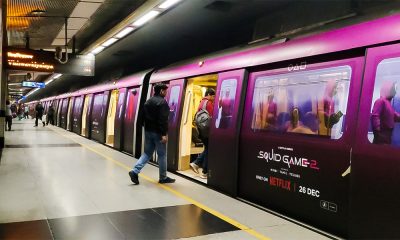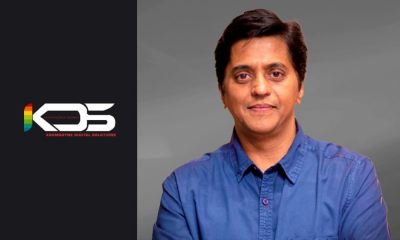Printing Media & Machine
‘Dearth of clarity on technology curtailing green initiatives’
IOAA, an association working to bring Indian OOH industry to a level playing field, is acquainted with the need to promote green OOH practices in the country. However, the lack of clarity and resource constraints are seemingly restraining the Association’s push for greener outcomes, shares Indrajit Sen, IOAA
 Is Green printing on the IOAA agenda?
Is Green printing on the IOAA agenda?
To be honest, IOAA has not really deliberated on this seriously. One of the main reasons for not doing so is that we are not at all confident of what is a “Green” solution for the OOH media industry. Eco-solvent inks or UV printing are available in the market, but are these truly Green? However, I do admit that adopting these as standards rather than the cheaper process will be at least a step forward in the direction of embracing “Green”.
The biggest issue is of course the flex or vinyl i.e. PVC appears to be unavoidable now – though we have heard about recyclable PP or PE material being available in certain countries but there is no firm evidence and no availability here in India. So, as long as the substrate stays as PVC, no amount of change in printing process will make the output “Green”. Other recyclable material from Dupont – Vytvek have been very promising but we are yet to see some real trials on a typical 40’ x 20’ hoarding structure with test results for wind pressure, impact, etc. Given this current level of lack of clarity of the technology, we really have not been able to focus on “green printing” as a priority.
How is the media structure conflicting with printing?
If you mean the “green” materials are not good for stretching, especially on a blank structure without any boards, then I would suggest, given all other parameters being correct, at least these could be used for bus shelters, indoor displays, banners, etc.
What is the best method to convince media owners to adopt green practices?
If the technology is available, then pricing, availability, etc., can be checked and everyone will be convinced about using it. As I have pointed out, we are really not sure about the technology in the first place.
Any other comments?
I would like to emphasise that no one in their right senses would object to adopting “green” practices. However, let’s see some correct “green” substitutes with industry-level supply and availability, at prices that are practical and process that can be adopted by the vast number of printers that exist in India today. If such “green” printing practices are prevailing in any country today in the world, in a scale comparable to India, then we need to be made aware of such country so that we may organise ourselves immediately to learn from it and adopt such practices. However, other than large scale shift to LED displays, I am really not aware of any such large-scale usage anywhere in the world.
-

 Campaigns
CampaignsNetflix India goes full green light on OOH with Squid Game season 2
-

 Creative Concepts
Creative ConceptsSkechers launches 3D cricket shoe Bus Shelters in Mumbai
-

 Campaigns
CampaignsBeing Human marks Salman Khan’s birthday with a bold OOH campaign
-

 Sustainability
SustainabilityStatus of sustainable printing in the OOH Industry: Challenges and pathways forward
























